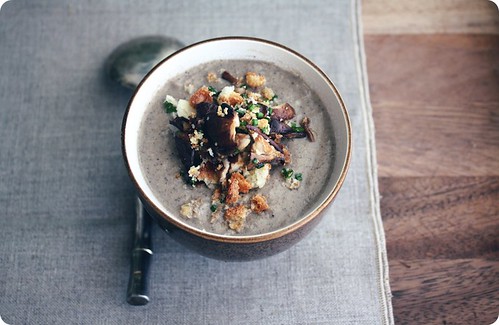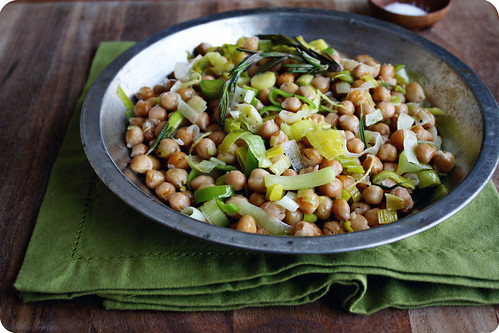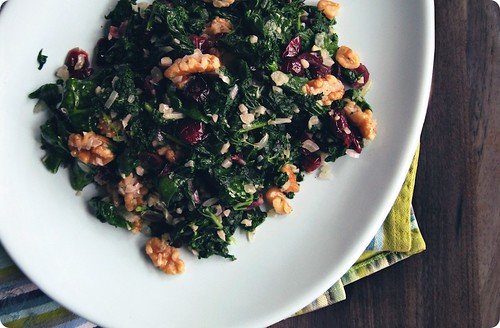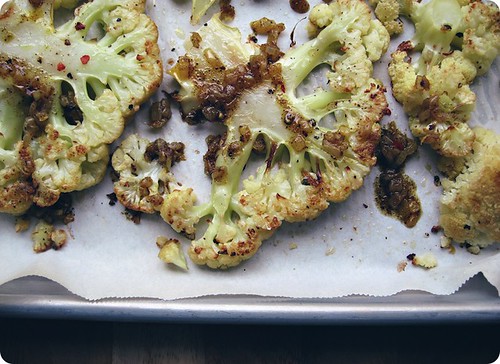Filled with possibility
 Monday, February 22, 2010 at 11:41AM
Monday, February 22, 2010 at 11:41AM In the woods I can see from my window, the ground looks patchwork brown and white; an Appaloosa's coat imposed onto the landscape. Much of the snow remains, but in those places where it has gone, it's revealed the rock and earth beneath.
I am enough of a realist to accept that this most likely won't be the last of the snow, that the earth might soon again be covered, and that spring is still a ways away for us. For today, that glimpse is enough.
Right now I'm content to think of sweaters and wool blankets. But soon, quite soon I think, I'll be longing for the day the snow melts for good. Anxious and fidgety for a trod through that wood in the time of almost spring. Before the shoots begin, when all is brown and filled with possibility.
A walk where each step of rubber-clad foot is followed by the echoed squelch of the mud beneath.
In my mind's eye I see broad-checked flannel and tins of pretty cookies for later. But first, a thermos full of soup to bring warmth to the enjoyable dampness that surrounds. And as of this moment, if I had to decide, it would be mushroom soup that we'd sip and spoon.
I made some yesterday, so even though that picnic upon the forest floor is weeks away, you can still get the general idea of the way I'm thinking.
It has an aroma dense with notes of growth and loam. (Loam is such a good word, stretched out and rounded like a yawn.) Both fresh and dried mushrooms are cooked in a pan with olive oil, butter, onion and garlic. After 20 minutes of cooking, the mushrooms have gone through stages of transformation; first pale and spongy, then wet and a soggy, then as that moisture evaporates the mushrooms turn deeply golden and their texture goes satisfyingly chewy.
A pour of Sherry to deglaze, it sputters and bubbles into a winey syrup that coats the vegetables in gloss. In goes the stock, and all's left to simmer for 20 minutes more. Whirred to a foaming, ethereal purée, the soup is done save for the indulgent dollop of mascarpone right at the end.
And with that, into the woods we go.
One last thing, I'd like to thank Stephanie Levy for asking me to be a part of her Artists Who Blog series. If you'd like to take a look at what we talked about, she's posted my interview on her site.
The Real Mushroom Soup
From Jamie Oliver, the title's his, too.
Now mushroom soup depends greatly on the mushrooms itself; not only for flavour of course, but also for colour.
The bulk of the fresh mushrooms I used were the bark and black beauties, crimini and shiitakes, with only a handful each of ochre chanterelles and ivory oysters to counter that darkness. A mix favouring the paler varieties would result in a soup with looks more fawn than mouse.
That business on top there, there is purpose to that prettiness. A bit of herbs, croutons torn into buttery crumble, some sautéed mushrooms, together create the ideal counterpoint to the mellow earthiness of the soup; a freshness to the musky depth of its flavour and essential weight against the lightness of the emulsion. Mr. Oliver suggests a tranche of grilled bread instead of croutons, use whichever you like.
The only change I made to the recipe was the addition of Sherry when cooking the mushrooms, leaving out the lemon juice to finish.
 dinner,
dinner,  jamie oliver,
jamie oliver,  lunch,
lunch,  mushrooms,
mushrooms,  recipe,
recipe,  soup,
soup,  vegetables
vegetables 






















